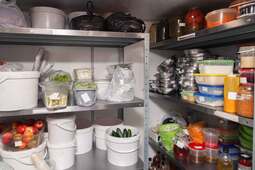 Preparing food in the warmer months can expose food to conditions that can make it decay more quickly. And even in cases where foods are carefully and consistently refrigerated, foodborne pathogens can still grow – particularly in food like produce and deli meats that are popular options in the summer months. This makes accurate food labeling especially important. However, according to the CDC, one-quarter of restaurants don’t label refrigerated and ready-to-eat foods with dates indicating when the foods are no longer safe to consume. This is more of an issue for independent restaurants than it is for chain restaurants, the agency found. But in the businesses where it is a problem, it’s also common to find labeling discrepancies between when a food was prepared and when it should be discarded. This can mean the difference between exposing guests to foodborne pathogens and not. In your operation, are there clear, consistent practices for labeling foods so that employees can interpret them easily? Further, are all items being stored on a first-in, first-out basis? Accurate food labeling and storage can help busy employees more easily notice, on the spot, when an item needs to be discarded. 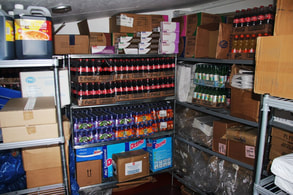 Falling objects are among the biggest workplace hazards, according to the Occupational Safety and Health Administration. By taking time to organize and store the items in your inventory appropriately, you can minimize safety hazards and also help ensure you don’t use a newer ingredient when an older one is already on the shelf. To minimize injury to staff, store heavy items on bottom shelves, lightest-weight items up top, and your most frequently used items in the middle where they can be accessed (and carried) most easily and without causing strain. 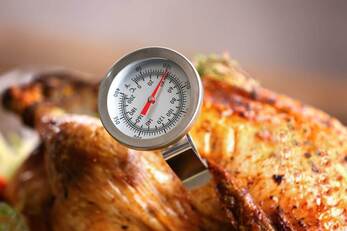 ‘Tis the season for heavier meals – and for many people, holiday celebrations involve having a ham, roast, turkey or other animal protein at the center of the table. If you’re offering proteins that you don’t normally feature on the menu, it’s a good time to talk with your kitchen team to review how to store these items safely during refrigeration, how to handle them safely during preparation, and steps to take to avoid cross-contamination of ingredients. You might also review the internal temperatures that various proteins need to reach for safe consumption, as well as how long various proteins can be left out before entering the temperature danger zone. 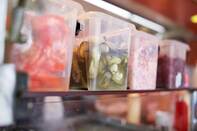 How well can you trust that your methods for labeling and storing food are helping you avoid cross-contamination and food spoilage? Check your inventory and make sure items are labeled correctly and that you’re following a first-in, first-out system for using ingredients. By labeling foods accurately and ensuring that you’re using them by their use-by date, you can minimize your waste and avoid triggering a potential foodborne illness or allergy. 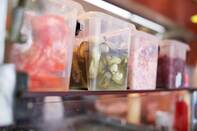 Restaurants can be chaotic – but if your storage areas make it look that way, you’re inviting food safety hazards. Looking through everything you store, from menu ingredients to cleaning solutions, is anything missing a label? If during the dinner rush your staff has to make educated guesses about the freshness of food items they are preparing or the identity of solvents they are using to clean, you might serve ingredients that have spoiled or introduce toxic chemicals into your kitchen in areas where they don’t belong. Make sure all containers are labeled with their contents, as well as the date they were filled and the date by which contents must be discarded.  If you’re hiring a lot of temporary staff over the summer months, it’s especially important to make food safety front-of-mind for them. While your ongoing training is an important piece of that, you can set your team up for success by giving them the right tools for safe food handling and storage, as well as proper equipment care. Keep sinks stocked with soap and paper towels, provide ample disposable gloves or other protective items for food handling, and post signage to remind staff of the times when washing is required and to refrain from eating, drinking or smoking around food preparation areas. Check shelving to ensure food items can be stored six inches off the floor, designate separate areas for cleaning solutions, and calibrate appliance thermometers to ensure food is being stored at the proper temperature. Make sure there is a sanitizer bucket with a submerged towel at each station, and a supply of test strips available to help staff keep equipment and preparation surfaces clean. 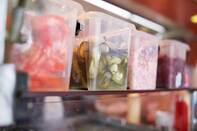 Food storage areas are a key source of contamination. If you’re working in a small space – and many of us are these days as restaurant footprints shrink – ensure you’re taking steps to prevent cross-contamination of foods with chemicals or with incompatible foods. That includes not storing any food items alongside cleaning supplies, keeping food in airtight containers, allowing air to flow around the items you’re storing, rotating stock and removing waste promptly. In your cooler, keep raw meat, poultry and seafood on the lowest shelves to prevent those items from dripping onto other foods. 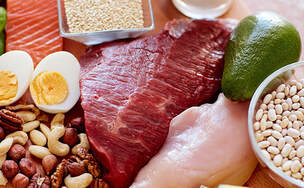 If you’re facing ice storms, snowstorms or other severe weather that could knock out your power this winter, you may be in the position of having to quickly take action to protect the food and beverage you’re refrigerating or freezing – and to determine what needs to be discarded. Don’t trust your nose or your taste buds in these situations, since they can’t necessarily detect when something is still fit to be consumed. You’ll be in a better place to salvage your food and beverage if you take steps in advance to store them in a way that enhances quality and freshness from the start. One tool that can help is the FoodKeeper app. Developed by the USDA's Food Safety and Inspection Service, with Cornell University and the Food Marketing Institute, the app (available for Apple and Android) lists optimal storage information for hundreds of items in your inventory. 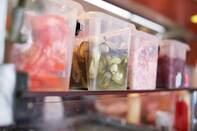 Amid labor and supply shortages, it’s more important than ever to be able to prepare items in bulk and find uses for all of them. Your labeling system can ensure you stay on top of food expiry dates and prioritize the use of items that have been placed in storage first, but an inconsistent system can lead to confusion on staff about the final usable date of a stored product. If that’s the case in your operation, Foodinspector.org advises using colored weekday-style stickers that are applied according to the expiration date of an item – so a food product with a Tuesday label can be used through the end of Tuesday but should be discarded prior to any food preparation on Wednesday. ‘Tis the season to enjoy not only big holiday spreads but also the leftovers that come after. As you order and store ingredients and prepared dishes, make sure you’re up to date on the dating of all items you’re saving for later. Check to make sure your inventory is organized according to first-in, first-out standards to minimize spoilage and waste.
|
subscribe to our newsletterArchives
July 2024
Categories
All
|
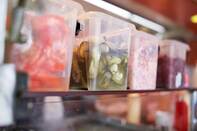


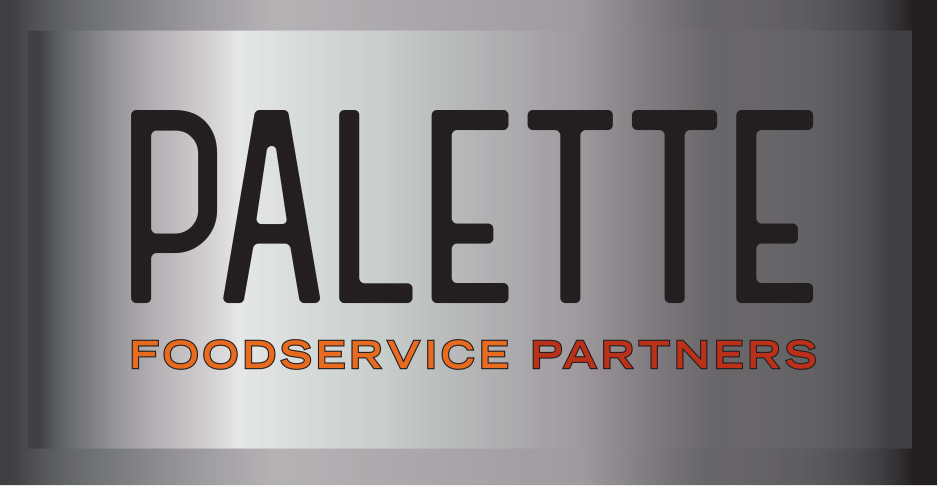
 RSS Feed
RSS Feed